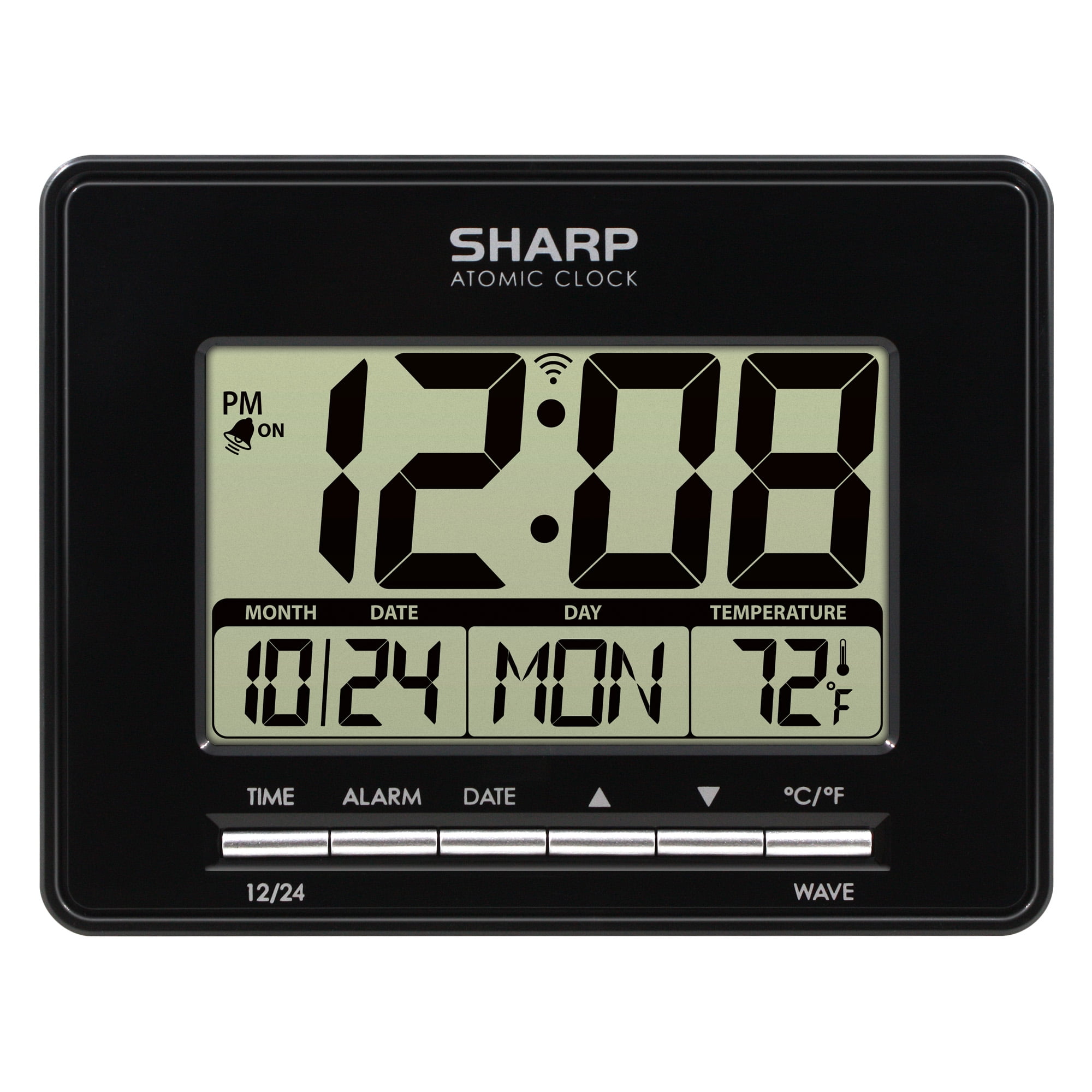

On average, Earth has been slowing down a bit over the past decades, so UTC is currently running 37 seconds behind TAI. Before the difference between the two scales reaches 0.9 seconds, a leap second is added to UTC. For this reason, UTC is constantly compared to UT1. On the other hand, TAI does not take into account the variations in Earth's rotation speed, which determines the true length of a day. The International Bureau of Weights and Measures (BIPM) in Paris coordinates the acitvities of. On the one hand, accurate time-keeping is a necessity, for example for time-sensitive technology, such as modern air traffic control systems that rely on satellite navigation. In this paper, a simulation is carried out to check the effectiveness of generating TA(NIS) from the 3 Cs clocks of NIS clock ensemble. These institutes have about 400 atomic clocks at their disposal. If secs is not provided or None, the current. The high level of precision achieved by using atomic clocks is both a blessing and a curse. Convert a time expressed in seconds since the epoch to a structtime in UTC in which the dst flag is always zero. The time scale is weighted, prioritizing the time signal provided by institutions that maintain the highest quality of primary cesium. To achieve the highest possible level of accuracy, the International Bureau of Weights and Measures combines the output of about 400 atomic clocks in 69 national laboratories worldwide to determine TAI. If TAI is so precise, why use leap seconds? If one could see an atomic fountain, it would resemble a water fountain.

These signals ultimately furnish the basis for the setting of all public and. There are two ways of establishing time on planet Earth - the atomic. The International System of Units (SI) defines one second as the time it takes a Cesium-133 atom at the ground state to oscillate exactly 9,192,631,770 times.Ītomic clocks are designed to detect this frequency, most of them today using atomic fountains a cloud of atoms that is tossed upwards by lasers in the Earth's gravitational field. The unit of UTC is the atomic second, and UTC is widely broadcast by radio signals. Time zones: defined by their offset from Coordinated Universal Time (UTC) Photo.

The secret to this impeccable precision is the correct measurement of the second as the base unit of modern time-keeping. Atomic clocks deviate only 1 second in up to 100 million years. International Atomic Time is an extraordinarily precise means of time-keeping. It is used to compare the pace provided by TAI with the actual length of a day on Earth. This includes International Atomic Time, which is the standard by which all other time standards are calculated, including UTC. Universal Time (UT1), also known as astronomical time, refers to the Earth's rotation.It provides the exact speed at which our clocks tick. International Atomic Time (TAI) is a time scale that uses the combined output of some 400 highly precise atomic clocks.Two components are used to determine Coordinated Universal Time (UTC): Coordinated Universal Time (UTC), UTC +0 UTC is 4 hours ahead of New York. Business Date to Date (exclude holidays) Exact time now, time zone, time difference, sunrise/sunset time and key.


 0 kommentar(er)
0 kommentar(er)
